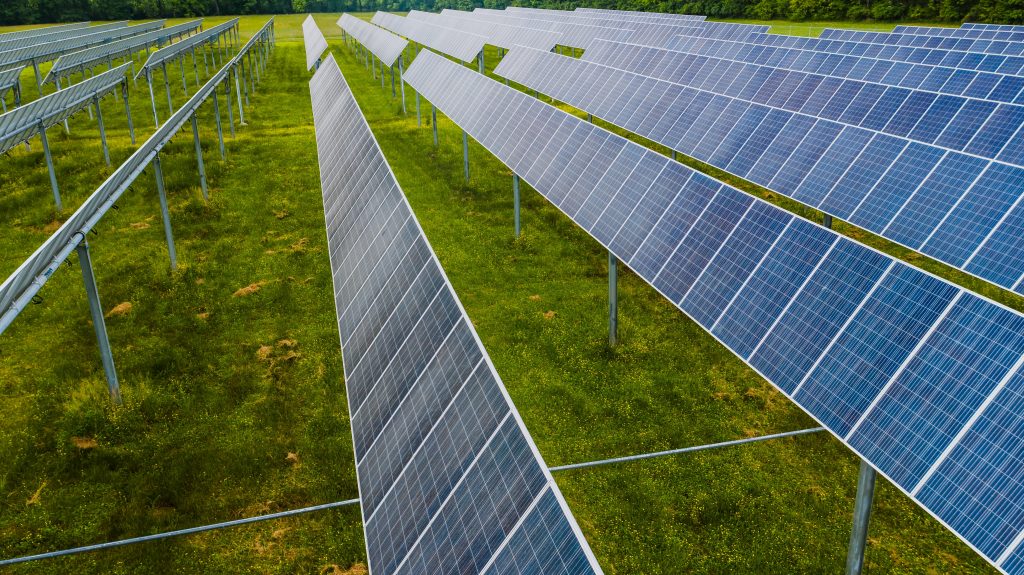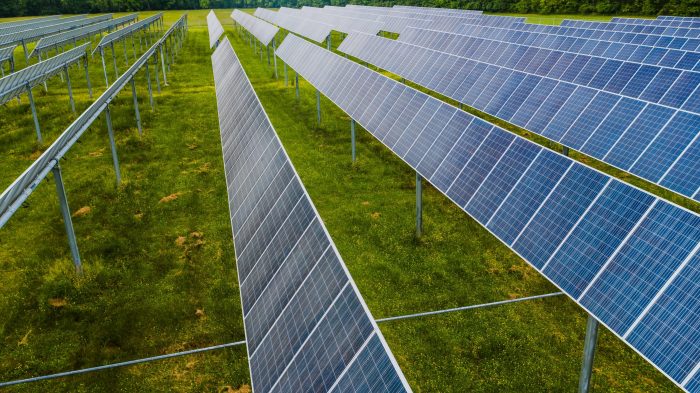You may have always wanted to build a solar-powered greenhouse but never knew how to go about it or how much money might need. What types of things are necessary, and where to build the structure?
With the right amount of budget, building a huge solar greenhouse is nothing hard. In this article, learn how to build a solar powered greenhouse that is cost-efficient and power-efficient.
It is essential to learn about the various aspects such as the structure, heating system, lighting, irrigation, the overall layout of your garden, etc. You will also find here about the site design, the insulation process, and what materials to use.
By learning about thermal mass and how to utilize them you will be able to keep the garden warm in the cold season. With proper air ventilation, keep the heat in an optimal place. Experience a lot of new things while utilizing this. Let’s dive into it.
How to Build a Solar Powered Greenhouse
Before starting the building process, consider these things. This will help in making a practical greenhouse with satisfactory results in return. Below I have explained the things you will need to consider in-depth.

The Ideal Space is the Key
The greenhouse needs to have enough light entering it. For that, placing the solar panels on its roof is not the right thing to do, which will block the light. This is the reason the rooftop is the best place for placing solar panels. If the structure is 7000 sq. ft., put the solar panels on its roof. It is considerable that the place for the greenhouse is near at your house. Also, it should be southeast or south to the house where it is sunny, and a good amount of sunlight reaches. Choose the eastside as well as an alternative.
Make a Layout of Your Garden
There are many layouts for the garden. If you want to make the garden versatile, divide it into four quadrants. Growing tropical plants where the sun shines the brightest and putting up the workplace in the place where the least amount of sun reaches. Plan to grow herbs and flowers in other quadrants and annuals to grow for a longer time.
Evaluate Your Power Demand
One of the most crucial factors that need consideration is the power demand or power load of all equipment inside the greenhouse. A small one might need one exhaust fan, which will run from the power of a small solar PV system on direct current, which saves the inverter’s cost. But bigger ones will need water heaters, water pumps, aerators, cooling equipment, etc. This setup has more significant power demand and will require a bigger solar PV system.
Picking the Right Material is Crucial
Also, use a suitable material for covering it. The best material is polycarbonate plastic. It has a double-wall or twin structure. Maintaining it properly will help in using it for nearly 10 years or more. It also helps in keeping the heat and humidity conserved.
Insulating Your Space
Insulating the soil underneath your greenhouse is vital to contain the thermal energy and stabilize the temperature. The heat insulation will also help the plants have all-year-round warm soil to grow on. There is also vertical insulation using 4 inches (2 layers) of closed-cell and rigid insulation into 4 feet down the earth. Also go for the horizontal insulation, also known as the “Swedish skirt” method.
The main idea is laying a rigid foam board horizontally from its base, extending 4 feet away from the structure. Insulation will have to slope slightly away from the drainage, and you might need to do some raking or digging. Cover the foam with soil or gravel, which protects from the UV rays direct damage to the insulation. Also, frozen soil will not be able to creep under the ground.
Ensure Proper Air Ventilation
You need proper heat for the greenhouse and also adequate ventilation for the excess heat to escape. That way, the plants will stay healthy. Natural ventilation is the best option which can be done by making a path with the least resistance for airflow. Moreover, intake vents and exhaust vents will offer effective results for ventilation too. For better airflow, place the exhaust vent higher and intake vents lower.
Use Thermal Mass
Thermal mass can store thermal energy, and all materials have a little bit of capacity to store heat energy. But it would be best if there are better thermal conserving thermal mass, and water is a famous thermal mass material as it can keep heat 4 times more than air. Stone, soil underground, and concrete are some, to name a few others.
Get the Right Soil and Irrigation
Greenhouse plants will need water to survive, and the best method is the drip tubing method if it is for a medium-sized structure. Put one drip tube into each pot, and each of them will be connected with the main supply to maintain constant moisture. The tubes filled with water will spray directly towards the topsoil of the pots when they need moisture.
The mixture of compost and loam soil can be great for greenhouse plants. Potting mix is also great soil for plants. 60% loam soil, 30% compost, and 10% potting mix (perlite, peat moss with a mix of vermiculite).
What Are The Top Choices of Solar Powered Greenhouse Kits?
The right materials can help grow a fair amount of food and help the greenhouse be an all-rounder.
Frames: For frames, use wood as they are beautiful and healthy. PVC pipes are genuinely lightweight, easy to use, and cost less as well. Also, use Aluminum as it does not rust and will be able to make a reasonable frame for polycarbonate or glass panel.
Cover: Choose polycarbonate plastic for covering the greenhouse.
Panel: Make panels from glass or polycarbonate. Various polycarbonate options are available in the market such as twin-walled polycarbonate, Solexx twin-wall covering, single-walled polycarbonate, etc.
Stakes: Use concrete slabs for securing the structure along with base plates, stud bolts, or with an H-type post anchor.
Heating System: There are machines for the bigger structures, but in your solar-powered greenhouse, using water as a heating system by getting solar hot water panels is also an option. This is eco-friendly and energy-efficient. The sun heats the water, and the solar hot water panels transfer the heat.
Air Flow: Using vents for airflow is an excellent option without needing to use any energy.
Pest control: Spray the plants with insecticidal soaps. Make sure to spray the undersides of greenhouse plants’ leaves and the coating stems appropriately. Do this every five to seven days. Continue the process until no more pests bother the plants. Let’s check How to Keep Bugs Out of Greenhouse
Lighting: The popular choice is the HPS lighting which has achieved a record for growers. The HPS light has a long lifespan, intense and brighter light for the plants.
How the climate affects your greenhouse?
Greenhouse gardening can be affected heavily by climate change. It will be easier to maintain the house in hotter climates as you only have to be alert about letting the excess heat out. In colder temperatures, it takes extra effort to maintain the heat and the plant. It might need more time in colder climates than usual to grow a plant as the weather is cold. Ensure the structure hotter in the colder climates, or tropical plants may suffer in growth. Be sensitive to the weather and climate changes.
Conclusion
A solar-powered greenhouse is very effective and eco-friendly. As of now, you know how to build a solar powered greenhouse; you will get many benefits for years to come. Plus, there will be food near your house, and do not have to worry about external factors. By making a sound, sturdy, and robust structure, be sure that the greenhouse will go a long way.
Remember to insulate the ground, get the right soil, use the solar panels correctly. Save as much energy. Find out ways to conserve heat and energy. More money will be saved by saving more energy used in the establishment. That is why this an invention.
Best wishes on your eco-friendly greenhouse farming.

